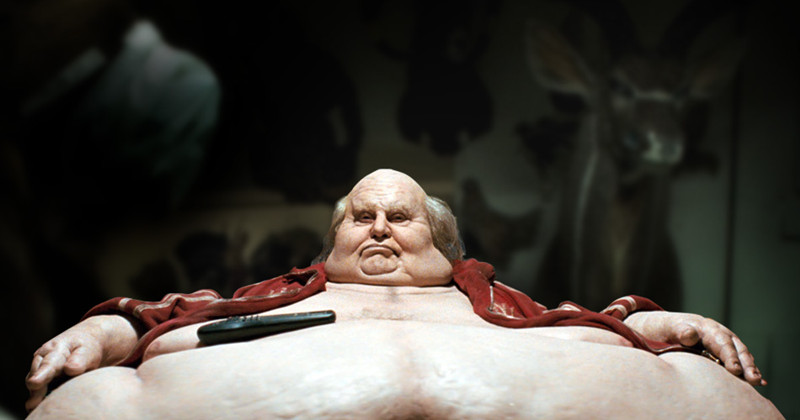
Over the years, cinema has played a lot of different roles and represented a lot of different things, ideas, movements and attitudes. It’s proven to be one of the most influential means of personal expression and introduction of social dialogue on various matters, with the distinction between the two never being exactly distinguishable.
One of the most important things cinema does is unsettle. It unsettles by raising questions, reviewing and criticizing established ideas and situations, or by “saying” and showing things and behaviors that are forbidden, shameful, censored, too sensitive, disturbing, raw, politically incorrect, or false. Cinema has an arguable power and a required duty to piss on the viewer’s dinner.
To constantly doubt every certainty, every normality, every establishment, to confute every truth and praise every lie, to dismember every beauty, to smudge every line, to contaminate every sign of health, to abuse everything sacred, to blapsheme and – some rare times – ultimately to even cancel itself too. To shock. Its beauty lies in its ability to decompose.
The following list is an attempt to review a number of remarkable cinematic endeavours and experiments on breaking the rules, in order to push the limit a centimeter further.
10. Silenced (The Crucible) (Dong-hyuk Hwang, 2011)
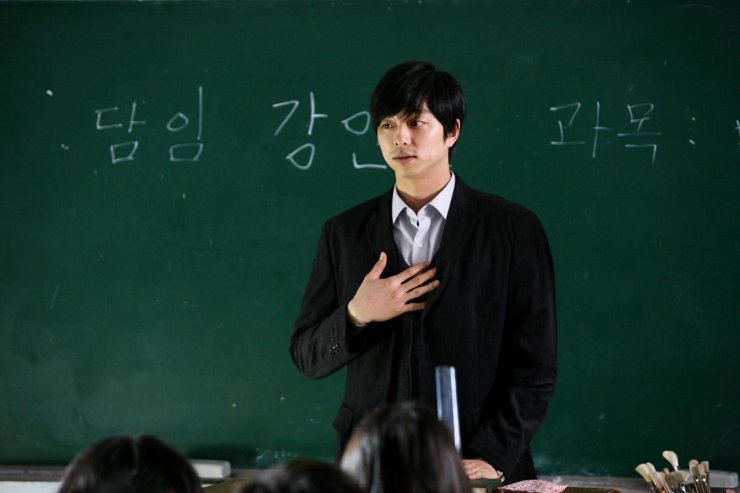
Based on Gong Ji-young’s novel of the same name, “Silenced” takes place in a school for the hearing impaired in South Korea. A young teacher Kang In-ho (Gong Yoo) is newly assigned at the school, which is run by a distinguished and well-respected principal in the town’s local community.
Although Kang tries to approach the children in a very friendly way, he gets a defensive, distant reaction from them at first. Until one day a young girl decides to trust him exposing him to the great level of violence and sexual abuse that a lot of students have constantly been experiencing by faculty members, including the principal and his twin brother.
He and a young activist called Seo Yoo-jin (Jung Yu-mi) decide to help the children by going to the police and human rights ministry and taking this matter to court, only to find out that everybody is more or less aware of what is happening and they’re trying to cover it up. The trial results in the accused school members and principal getting disgustingly light sentences.
Dong-hyuk Hwang’s movie is not a gory one. It doesn’t consist of brutal scenes of violence. It’s really a social drama that doesn’t escalate much in terms of psychological tension and suspense. Nothing really is shocking about it. The truly disturbing “what the fuck” part, though, is that it is actually a true story. These events took place for a period of years around the 2000s in Gwangju Inhwa School for deaf children in South Korea.
9. Nekromantik (Jörg Buttgereit, 1987)
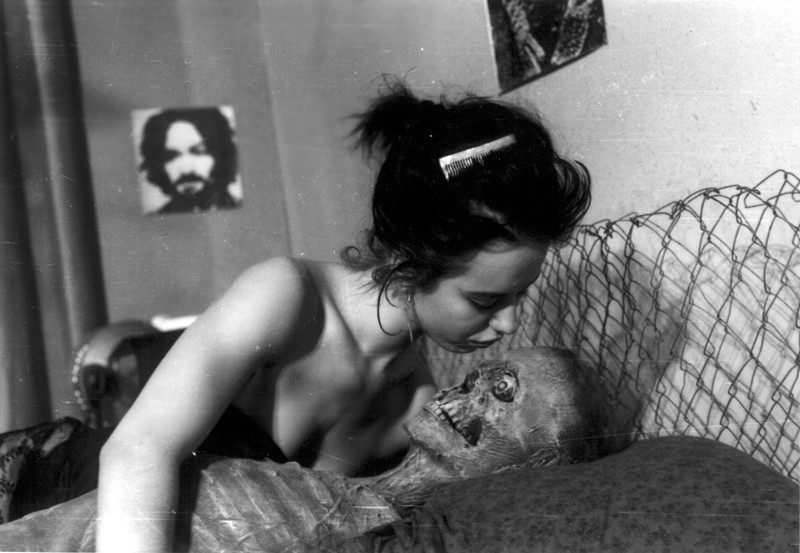
Rob (Daktari Lorenz) works for an agency that cleans up public areas after traffic accidents and removes dead bodies. He and his girlfriend Betty (Beatrice Manowski), with whom he lives, are both necrophiliacs and generally fascinated with the concept of death.
In their apartment there are posters of killers and jars with parts of dead human bodies preserved in formaldehyde, to which Rob has access because of his job as well as to whole bodies, of course. One day he brings home one such body for him and Betty to pleasure themselves with, only to find out some time later that his girlfriend actually prefers the body to him. Eventually she leaves him, too.
The film’s subject itself is enough to incline the viewer toward the fact that they’re up for a movie that is rather unusual and perhaps disturbing for some to watch. Its oddness is enhanced by the explicit depiction of the couple’s lovemaking with the decomposing body, scenes which are shot in the way a “normal” love scene would have been made, accompanied by romantic music as well.
“Nekromantik” however, as the title – stylized as “NEKRomantik” – implies as well, is more than an exploitation film about necrophilia that is attempting to make an impression. It deals with the frustration and anxiety involved in the mentality and behavior of a socially awkward person and in that way, the film has a delicate existencial aspect, too.
8. Inferno of Torture (Hell’s Tattooers) (Teruo Ishii, 1969)
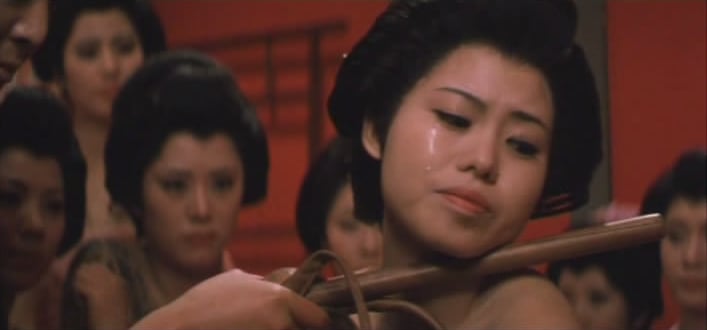
In Japan during the 19th century, geishas with tattooed bodies are considered a growing fetish and are highly demanded, not only by the locals but also Europeans who even are willing to pay a lot for them. Two very skilled tattoo artists, Horitachu (Asao Koike) and Horihide (Teruo Yoshida) are competing with each other to see who is the most talented, using the beautiful girls’ skin as their canvas.
“Inferno of Torture” is a classic Japanese pinky-violence cult, including some bondage, some mild torture, and a whole lot of visually stimulating images of nude tattooed bodies. Apart from the occasional violence toward the women, which could even be described as moderate, and some torturing scenes that are slightly harsh, the film is not one that shocks with its rawness and brutality. Except for one single scene.
The film’s last scene is a beautiful shocker you won’t see coming. But it’s so aesthetically impressive, it’s as if you’re watching works of art move and talk in flesh and bones, turning it into an original representative of its genre.
7. Pregnant (Fabrizio Federico, 2015)
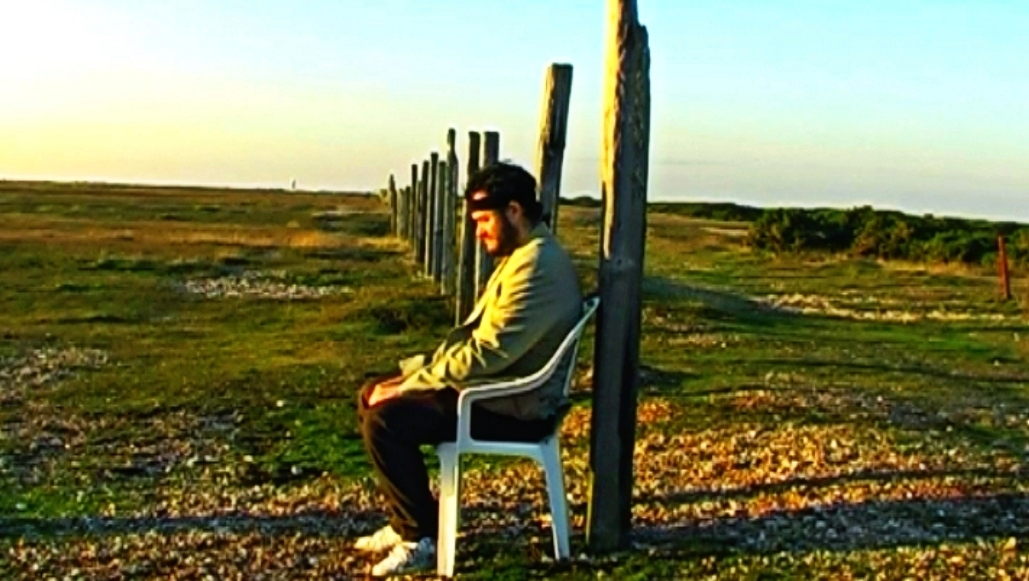
Fabrizio Federico’s “Pregnant” is a horror film, according to its director, which deals with modern people’s growing attachment to technology and social media, like Twitter and Facebook. “A pop symphony for film.” It has a non-linear storytelling: it basically doesn’t have a plot or script at all.
It doesn’t have a main character (other than Federico, maybe, which is the one who reappears the most) and its actors are “street superstars,” as the Italian-British filmmaker calls them in his Pink8 Manifesto on how to make films, who didn’t even know what the movie they participated in would be about.
It’s what you would call experimental, avant-garde genre-wise, a punk collage of weird characters, stories, scenes (one such definitely worth mentioning would be the point where a man talks about his deceased baby followed by a scene with a girl playing with a dildo), pop art-ish images and sounds, and improvisation, resisting any classic film structure and rules.
Low-budget and lo-fi, this crazy film, shot in the Spanish desert completely DIY, suggests two things: number one, you don’t necessarily need funding, expensive equipment or even script and actors to make films, you just need passion and love for it. And two, this young underground cinema auteur – who is also a musician and records some of his films’ scores with his band under the name Mao – is a “DJ director” worth noticing and is pretty fucking talented.
With its charming oddity, “Pregnant” makes you go WTF the best way possible. Truth is that while any of Federico’s movies could have been chosen as part of this list, “Pregnant” is no different than his other works (including the documentaries, too) as far as this particular trait is concerned. His cinema and this film in particular is a delightful cult, funny, fresh, unsettling and original. What else can one really ask – if not demand – from modern filmmakers and contemporary cinema, anyway?
6. Taxidermia (György Pálfi, 2006)
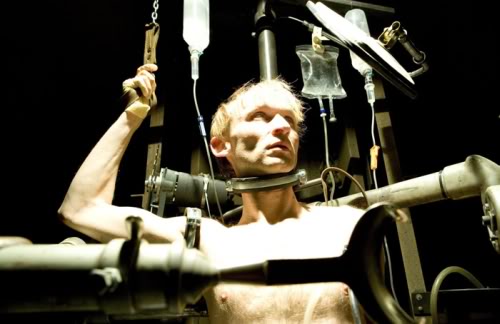
The film consists of the stories of three different men (who are related to each other), who belong to three different generations and are set in three different time eras. The first revolves around Morosgoványi Vendel (Csaba Czene), a lonely orderly soldier in World War II with peculiar erotic fetishes, seeking companionship and pleasure through ways that are unconventional and even upsetting to watch.
The following segment, which is set in the Cold War, tells the story of Kálmán Balatony (Gergely Trócsányi), an ambitious champion speed-eater, devoted to training, waiting for speed-eating to be recognized as a sport by the International Olympic Committee and therefore himself as a legitimate athlete. He also marries Aczél Gizi (Adél Stanczel), a speed-eater as well.
The last story is that of Lajoska Balatony (Marc Bischoff) is a weird-looking figure of the modern age, a professional taxidermist who seeks to achieve immortality. And he will manage to do so by creating the ultimate work of taxidermy – and perhaps the ultimate work of art.
“Taxidermia” is a surreal black comedy which is said to constitute an allegorical socio-historical commentary of Hungary’s modern history. Mainly, however, the film flirts with the concepts of limit-pushing and breaking as well as that of time.
Pálfi uses the body as the field of exploration and contemplation on these matters. The body as a source of pleasure, as a map of endless possibilities, as a mortal instrument subjected to degeneration, as a container of the self, as the way to go beyond that self, as a connection, as time’s old diary, and finally, as the means of exceeding the body and touching immortality.
As T. S. Eliot wrote, “Only through time, time is conquered.”